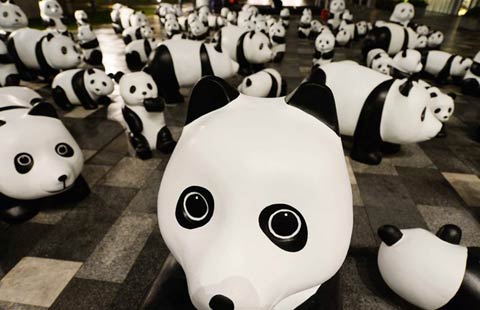Exports rebound in May, tough days ahead
Updated: 2014-06-08 22:41
(Xinhua)
|
||||||||
BEIJING - China's exports picked up in May following weak performances in previous months while imports tumbled surprisingly, indicating that securing the trade target remains a struggle.
The General Administration of Customs (GAC) said on Sunday that China's exports rose seven percent year on year to 195 billion U.S. dollars in May. The warming results came after a 0.9 percent increase in April and sharp declines in March and February.
Bai Ming, a senior researcher with the Chinese Ministry of Commerce, said the trade data in May is more reliable than that in the Jan-April period when their comparison base was inflated by a rash of fake invoicing of exports to evade currency restrictions.
In comparison with recovering exports, imports dipped by 1.6 percent last month to 160 billion U.S. dollars from a 0.8 percent rise in April.
The GAC data showed that the amount of major bulk commodities China imported in the first five months was on a rise, except for crude oil and some less important commodities.
"The decline in imports decline may be the result of lower prices of these commodities," said Liu Xuezhi, an analyst with the Bank of Communications.
To dismiss concerns that domestic demand is weakening, Liu said a stabilizing economy and growing urbanization will be underlying forces to create room for imports.
Weak imports brought the trade surplus to 35.9 billion U.S. dollars in May, expanding by 74.9 percent over the same period last year.
"This means the appreciation pressure on the Renminbi is increasing," said Liu Ligang, chief China economist at the ANZ Banking Group, adding that the central bank may take action to avoid substantial depreciation of the Renminbi against the U.S. dollar.
Thanks to the pick-up in exports, China's trade with major partners continued to rise. From January to May, its trade with the European Union, the United States, the ASEAN and Japan rose by 11.7 percent, 5.1 percent, 3.6 percent and 3.4 percent, respectively.
Despite the bright picture, analysts believe that the external environment for China's foreign trade is still complicated.
Although China's official PMI was improving, two sub indices -- imports index and exports index -- were both under 50 in May, showing that foreign trade in the manufacturing sector is contracting.
Another indicator is the Canton Fair, the country's largest trade fair, which attracted fewer overseas buyers and witnessed fewer deals this year.
China set a trade growth target of 7.5 percent this year, lower than the 8-percent goal for 2013 and last year's actual expansion of 7.6 percent.
But Zhang Ji, director of the Foreign Trade Department of the Ministry of Commerce, said last month that achieving the trade target was "an arduous task" as downward pressure is weighing on the country's economy.
"For that goal, China has to attain double-digit growth every month in the remainder of the year. It will be very hard," said Liu with the Bank of Communications.
To buoy trade, China's State Council announced a guideline in May to secure stable growth of foreign trade.
"Foreign trade is not only critical to stable economic growth and job creation, but conducive to integration between the Chinese and global economies," said the State Council.
After that, the GAC among other authorities unveiled a string of pro-trade measures, including increasing the efficiency of customs clearance, alleviating burdens for domestic enterprises, boosting service trade and cutting red tape.
"With these measures kicking in, foreign trade is expected to recover in the coming months," said Bai.
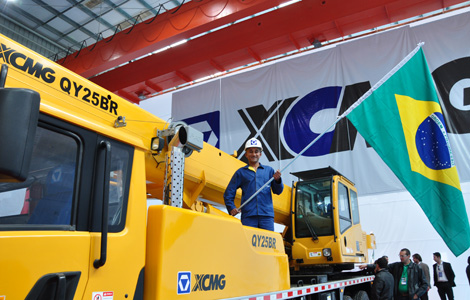
 XCMG's new factory debuts in Brazil
XCMG's new factory debuts in Brazil
 Virginia's governor bids to expand China business ties
Virginia's governor bids to expand China business ties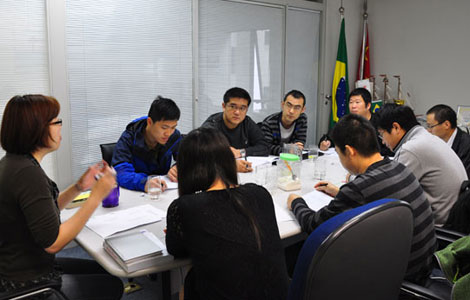
 Portuguese language training helps Chinese in Brazil
Portuguese language training helps Chinese in Brazil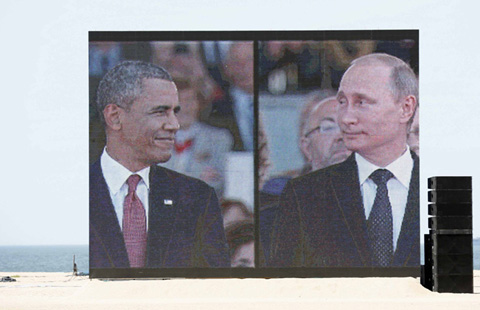
 Western leaders mark D-Day landings on Normandy beaches
Western leaders mark D-Day landings on Normandy beaches
 The Silk Road rediscovered
The Silk Road rediscovered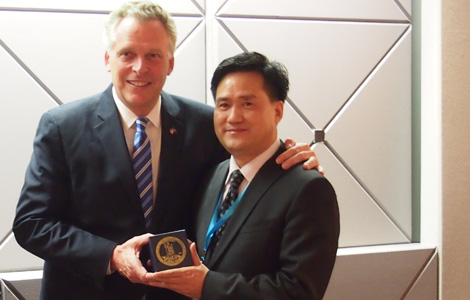
 Chinese firms seek partners in Virginia
Chinese firms seek partners in Virginia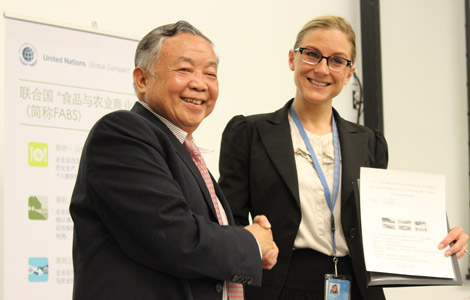
 Company signs UN business principles
Company signs UN business principles
 Asian youths get a day of science, math, innovation
Asian youths get a day of science, math, innovation
Most Viewed
Editor's Picks

|

|
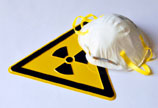
|

|

|
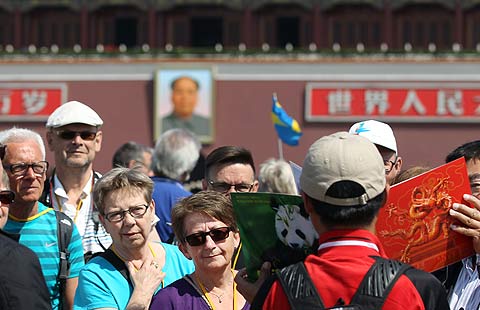
|
Today's Top News
Bergdahl says he was tortured by Taliban
Exports rebound in May, tough days ahead
'Blue guards' shore up ocean conservation
Top court vows to enhance transparency
Chinese hungry for Buffet's lunch auction
US opens patent probe into toner cartridges
Accused Seattle gunman suffers mental illness
Another US citizen held in DPRK
US Weekly

|

|




